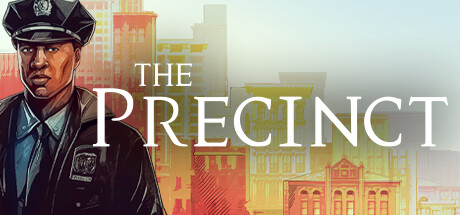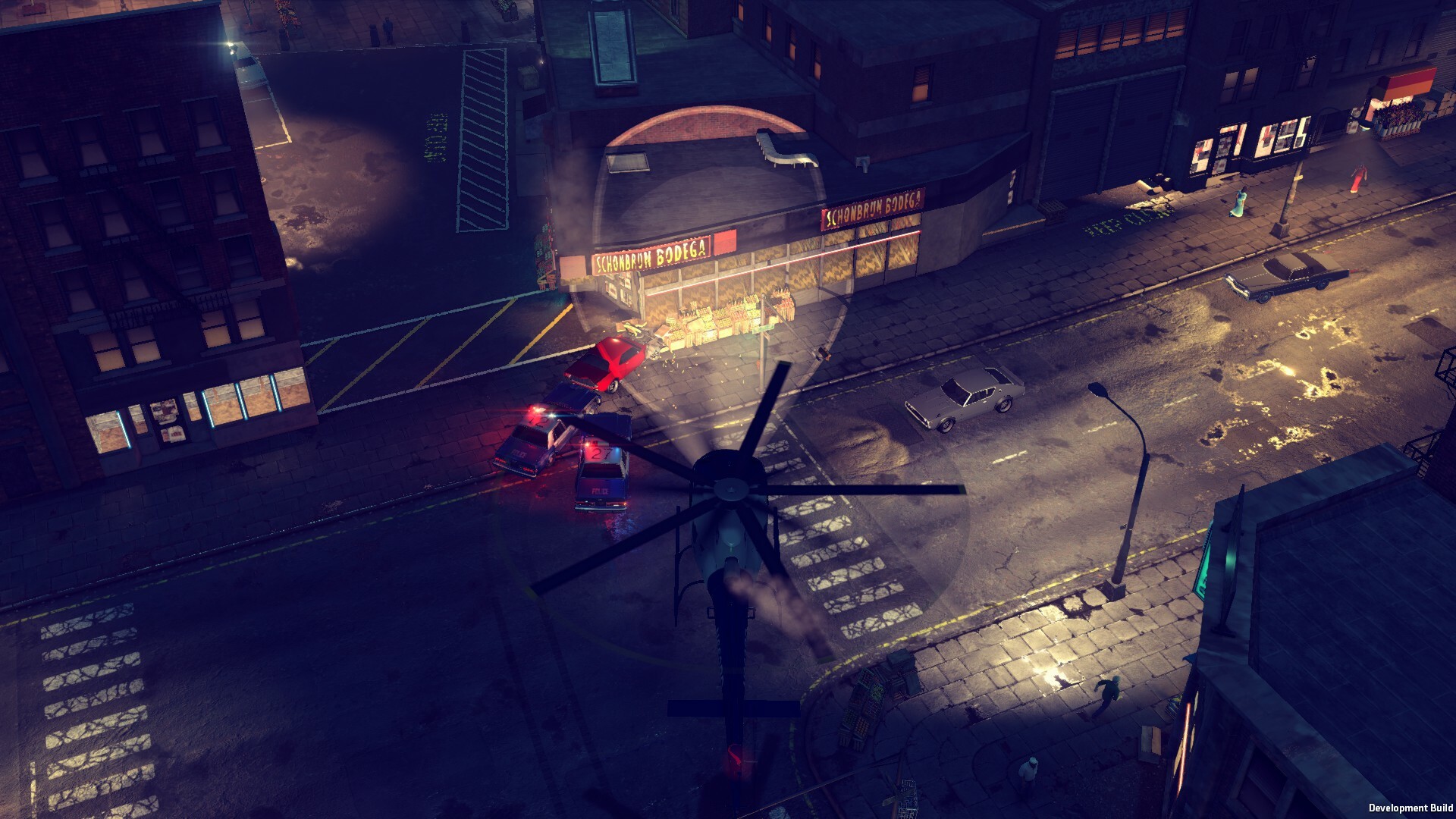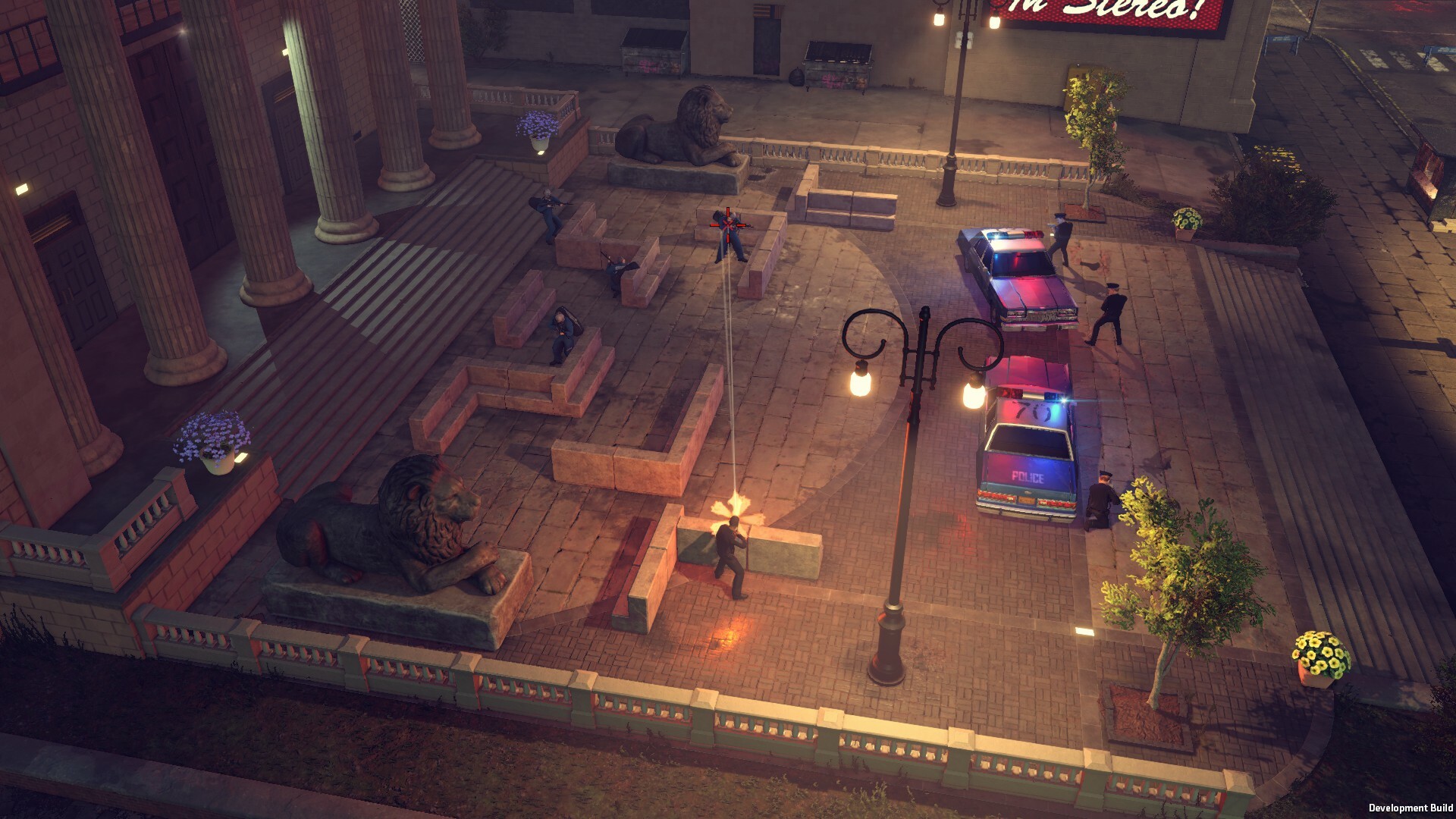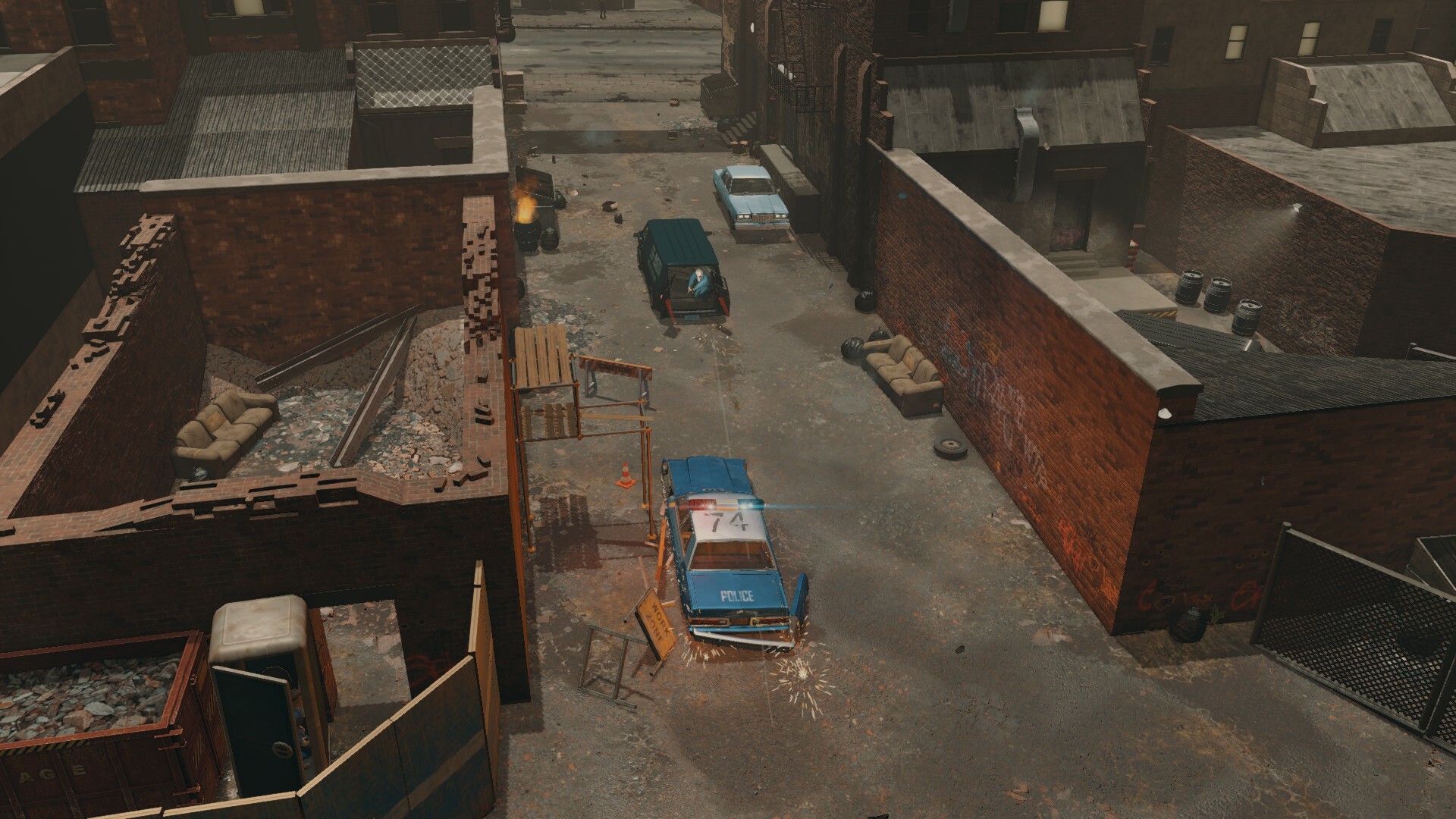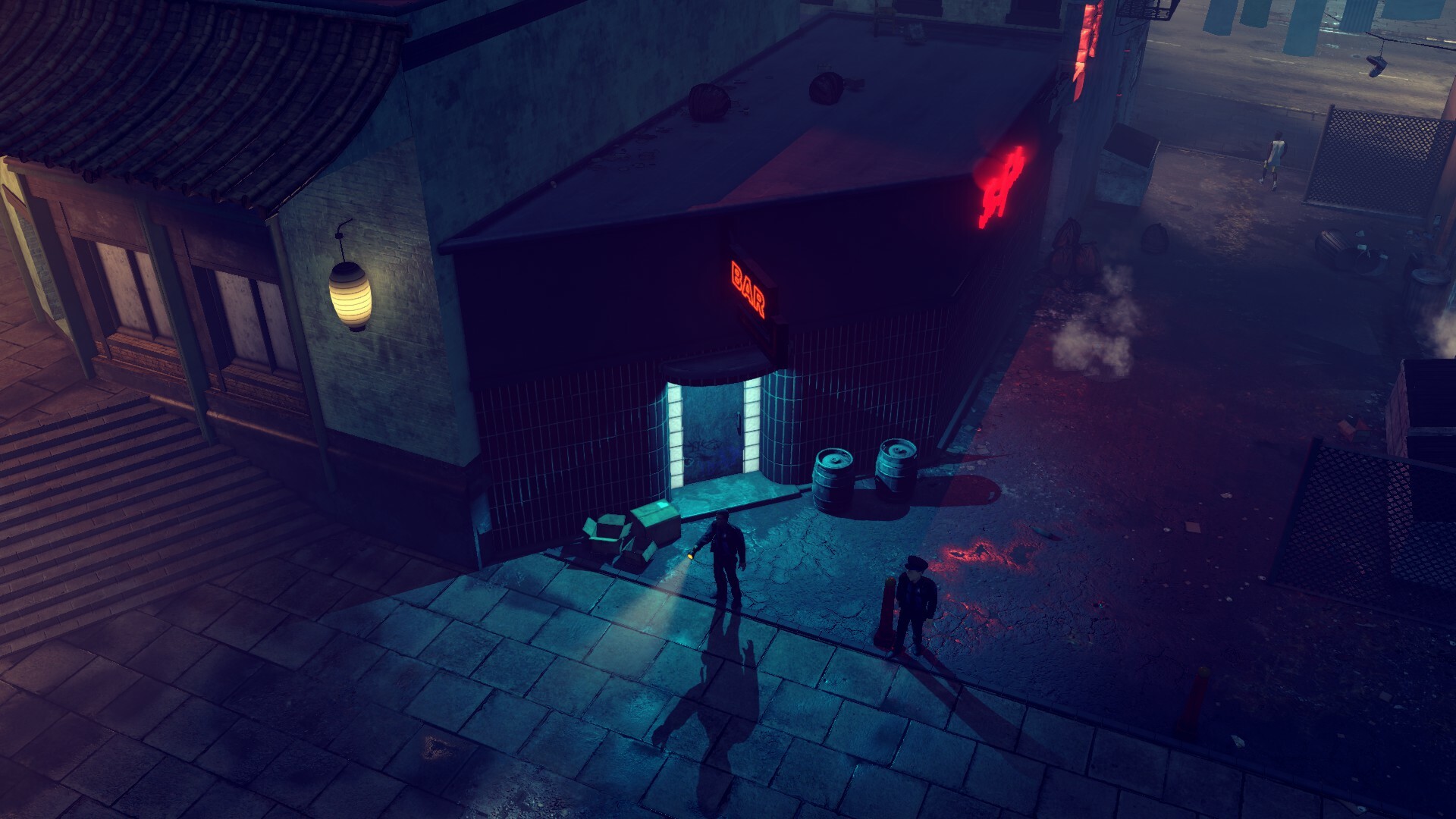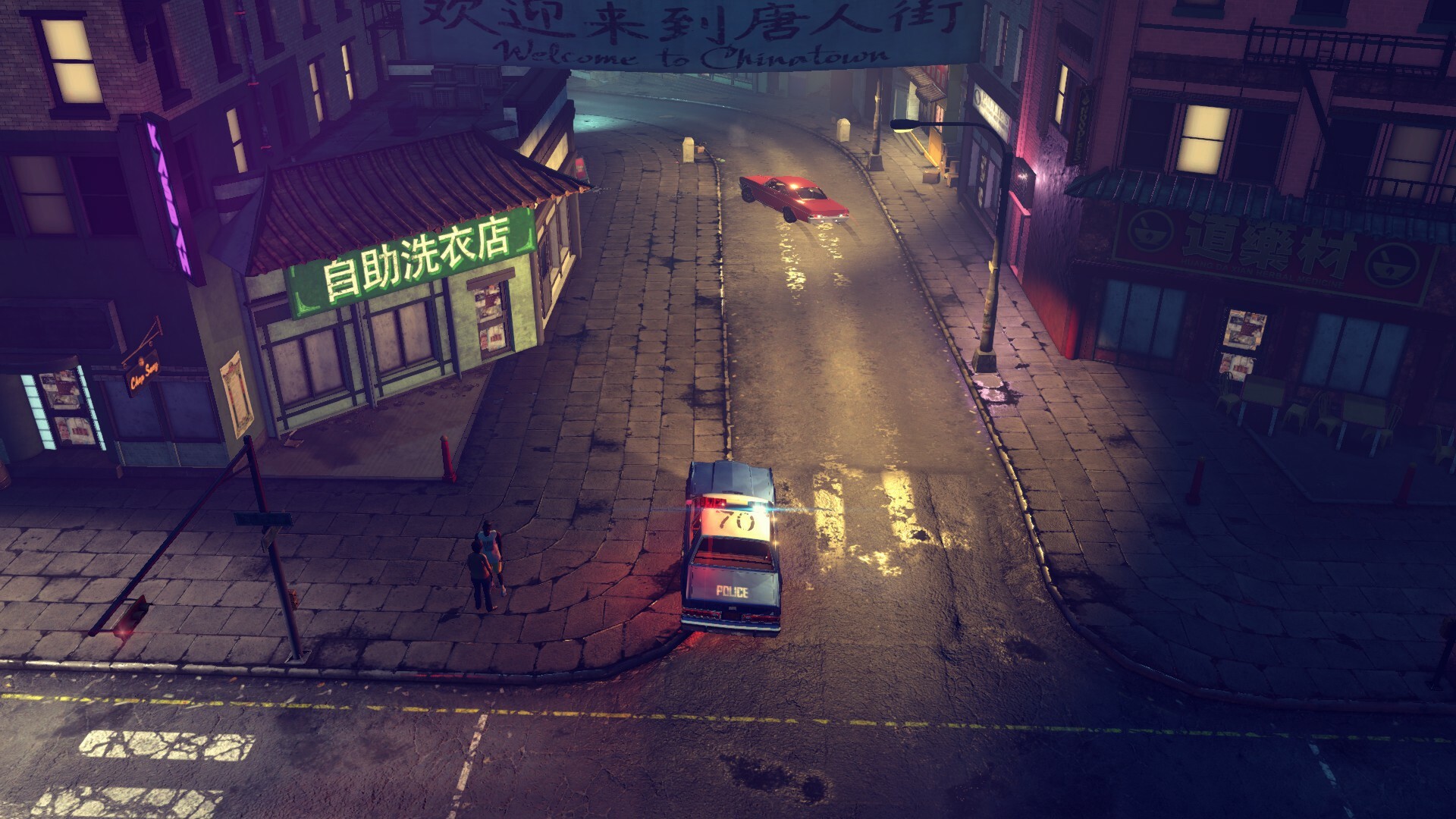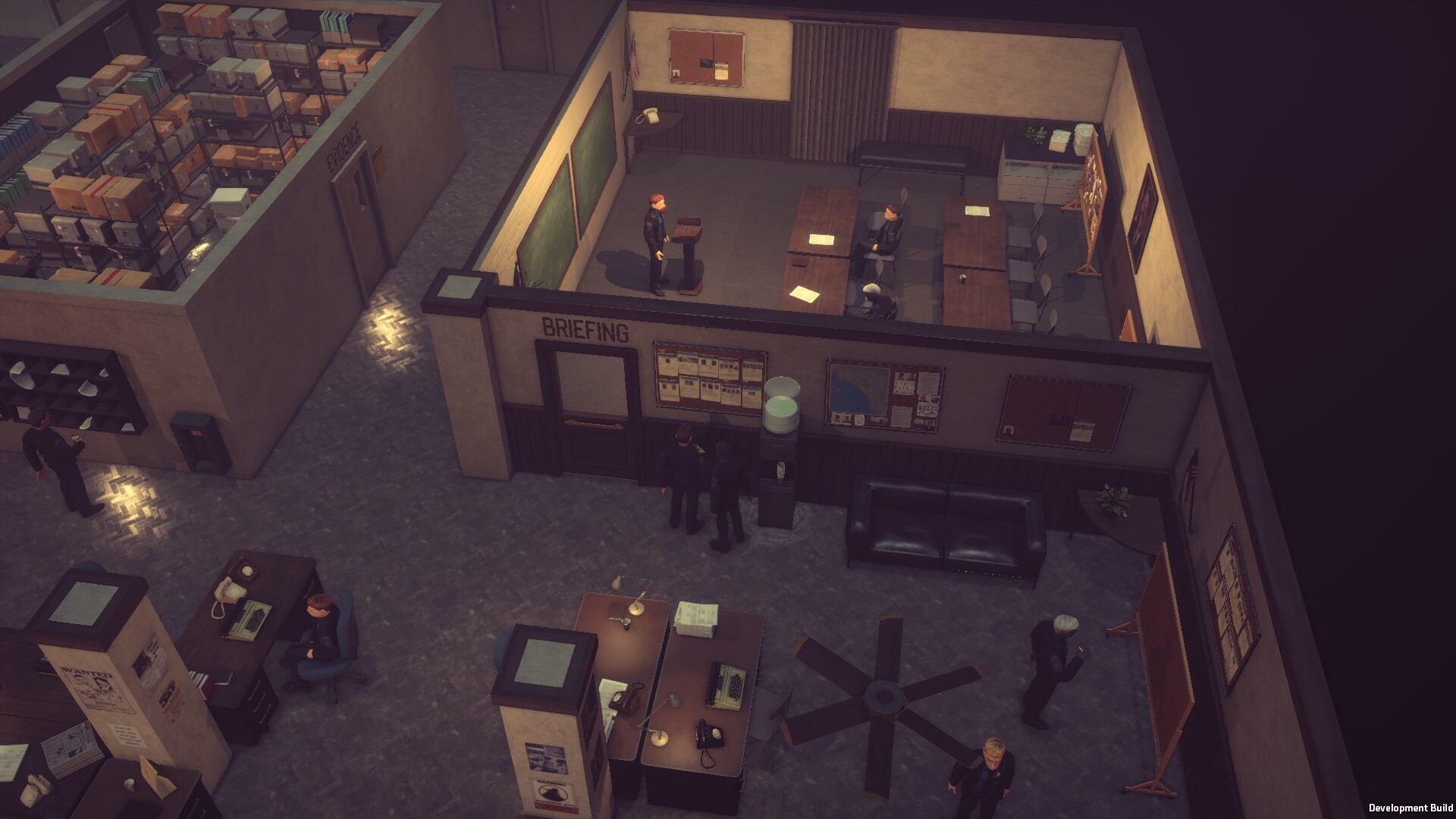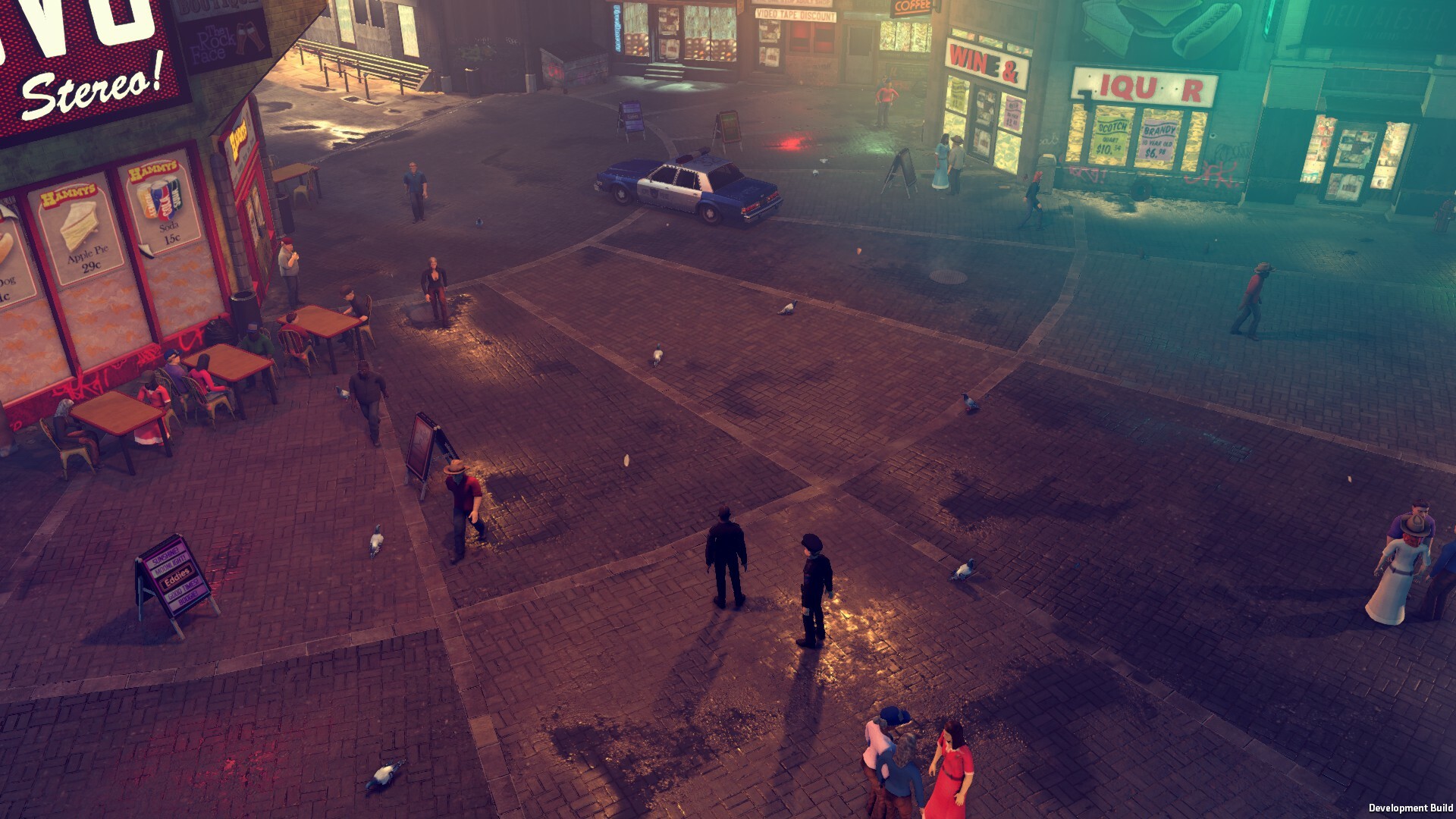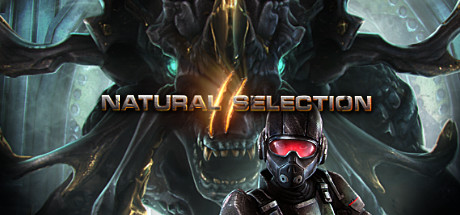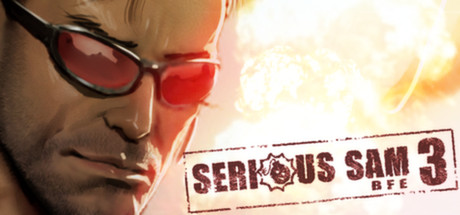Playtime:
869 minutes
[h1]Be a COP in a crime infested city with a classic GTA styled camera[/h1]
This is everything you could possibly want in an arcade cop title.
[b]Use of Force[/b]
It is not binary, it escalates on a linear path from restraint, to non-lethal, to lethal being authorized. If a suspect gives up, then it switches to none.
There is a convenient indicator on the screen to tell you what the current use of force category is for your perpetrator.
There is one issue though, that being that restraining force does not include the taser, even though in real life it does include the taser. You can just yell at people to lower their resistance instead, but it is kind of odd that the tools used in real life aren't depicted the same here.
[b]Backup/Supports/Other Officers[/b]
You have an optional, but handy partner that can accompany you on every patrol.
As you perform your duties, during a pursuit or use of force incident you'll generate support tickets that can be used to call in a variety of backup options. The better you are at keeping up and staying in the fight, the quicker these will fill.
The supports include: Barricades, spike strips, a helicopter, street officers, a patrol car with two officers and a riot van with two tactical officers.
All of which will maintain the pursuit and allow you to easily rejoin later if you need to get some rowdy suspects under control. Their target is based on who you currently have targeted when they are called in, meaning if you have a split, it can be a good idea to call in backup on the guy you're [i]not[/i] chasing at first.
Backup can fully handle arrests and will award you with XP for them, minus the bonuses you'd get for following protocol.
[b]Patrol[/b]
This is the meat of the game. You are a patrol officer in Averno City. Every day you report to the watch commander and select a preferred patrol type, location and the style of crime that you are most likely to experience.
Patrol types include: Parking Violation, Foot, Car and Helicopter.
You can select any vehicle you have unlocked.
Helicopter patrols are about keeping the suspect in sight and intimidated while calling in support to get him apprehended. Some people seem confused by this, I have no idea why since it has a mandatory tutorial mission.
Parking violations are a great way to get some easy XP, or if you just don't feel like fighting random gang bangers.
During patrols, there is an optional system known as callouts, where dispatch will periodically radio in criminal activity for you to go handle. This can be problematic if you accidentally hit the accept button during an active investigation, so it's toggleable in your radio menu at any time.
It is up to you what crime you combat, the patrol modifiers only suggest what type of crime is most prevalent in the area. The only true restraint is that, if you operate outside of your patrol zone, you won't get points toward unlocking a new area and miss out on some bonus XP. Crime doesn't just not happen anywhere else. There will be times when you come out of the garage, only to get sideswiped by some gang members in a car who then bust out uzis trying to kill you.
[b]Realism[/b]
This is a bit of a misnomer considering how arcadey the game is, but if you've watched a lot of police bodycam or are an officer yourself, you'll be kind of surprised how accurate these situations get.
It is skewed toward the chaotic, but the real thing is often just as chaotic.
There will be times when people with zero criminal history and nothing illegal will just decide to run.
There will be times when asking for ID or performing a search will get a gun pulled on you or insight a fist fight.
There will be times when violent criminals loaded with weapons and ammunition, will give up easier than a cat lady with nothing but a dress and her bare hands.
There will be times when people will just fucking run people over on purpose. That ones a bit rare, but I've had a suspect freshly cuffed get absolutely annihilated by a car out of nowhere.
People with warrants are dangerous, especially in cars, and need to be restrained as quickly as possible.
It is not nearly as cut and dry as, "BAD GUY DOES BAD THINGS," sometimes people will just do shit for absolutely no reason other than stupidity.
[b]Conclusion[/b]
It is accurate for what it is. It has rules that need to be followed but are fluid enough to be actually used to do the job. The gameplay is great, although the shooting on a mouse can be god awful if you don't adjust the settings. It includes that wild unpredictability juxtaposed with optimized procedure that codifies the real life struggle between the criminally insane and law enforcement. Sometimes doing what you're supposed to will turn out bad and it's up to you to fix the situation. Sometimes there is no discernible reason for it.
All in all, if you want something that is accurate enough to be interesting, but doesn't include a ton of menial task work like some police simulators out there, this is a great game for you. Patrols are infinite and you can still do them after the story is done, so it can be an unwinding type experience. Seen another City DA let some crazed stabber with seven hundred confirmed kills back on the streets? Get the catharsis of arresting one just like him in-game and feel just a little bit less emotional distress knowing that you'll be reading headlines of another stabbing by the end of the week.
👍 : 1 |
😃 : 0
